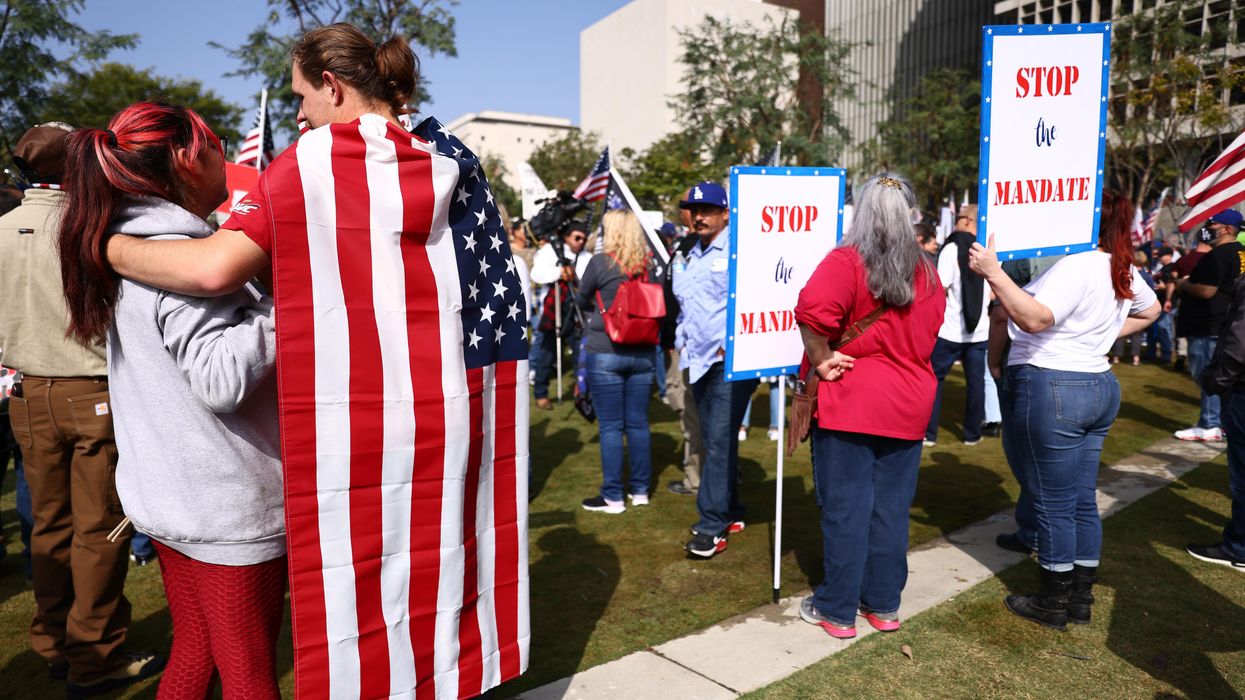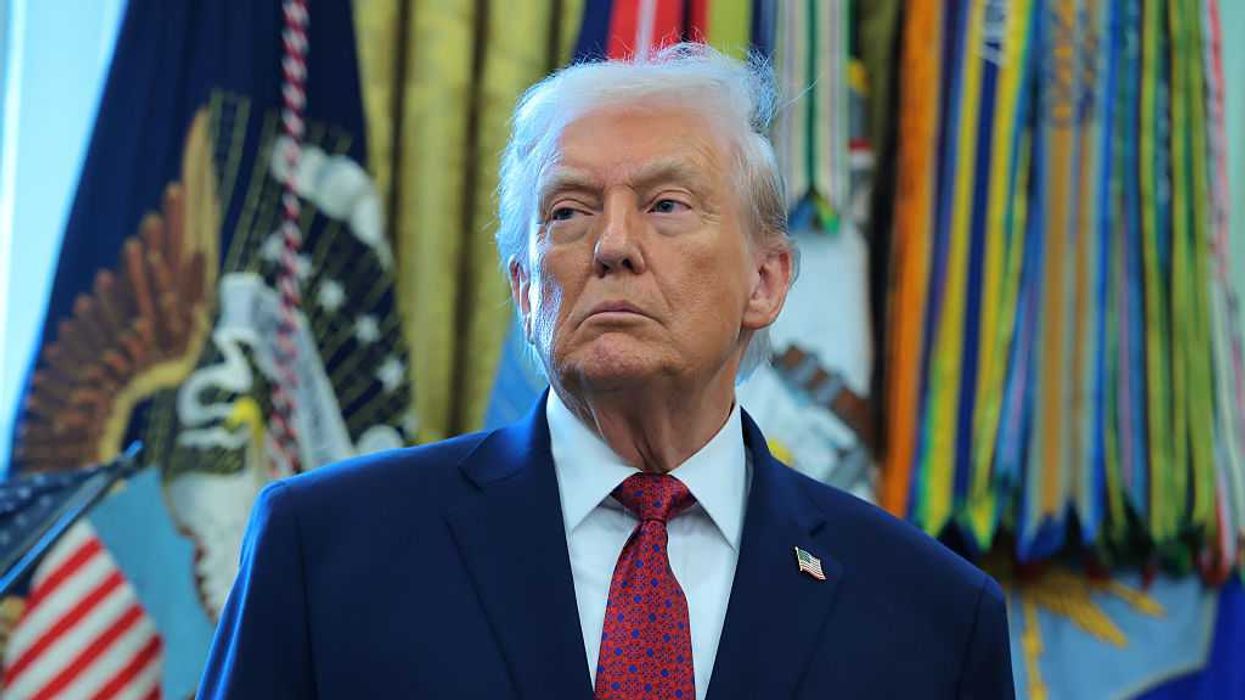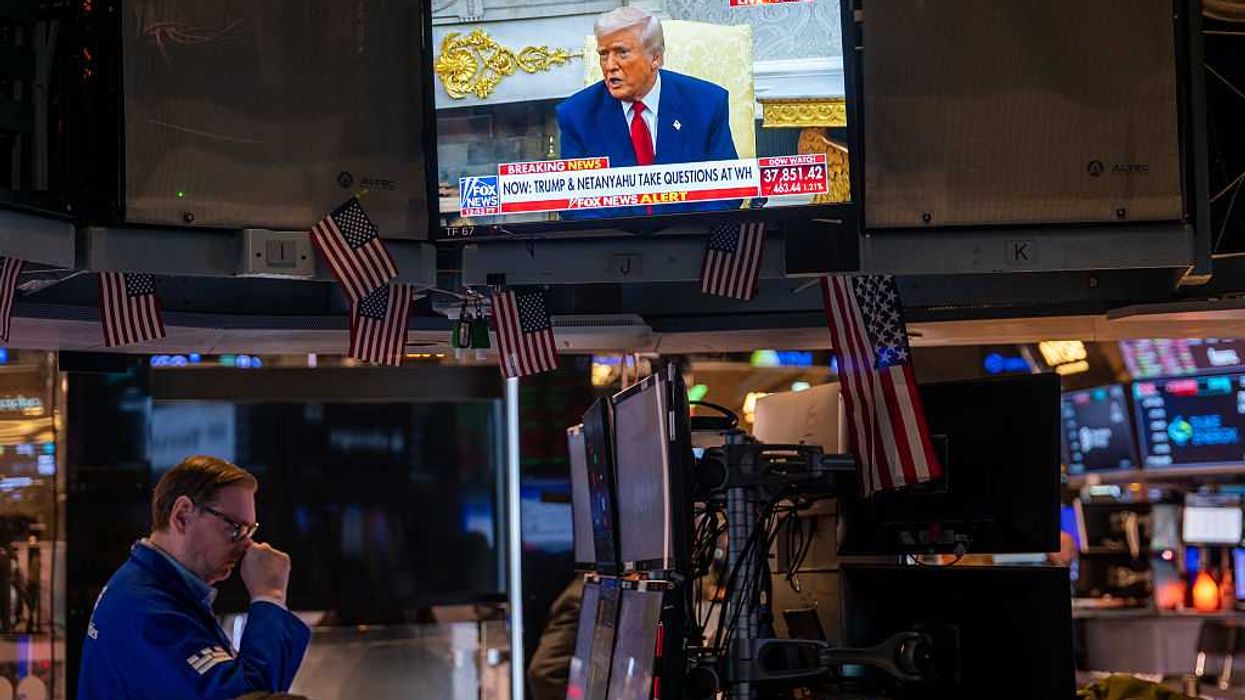Pearl is a clinical professor of plastic surgery at the Stanford University School of Medicine and is on the faculty of the Stanford Graduate School of Business. He is a former CEO of The Permanente Medical Group.
More than 10 months into his presidency and 20 months into the pandemic, Joe Biden finds himself in a difficult position. He's trying to lead the "battle against Covid-19" in the age of politics.
It's not going as well as the administration had hoped or projected. Average daily deaths from Covid-19 crossed the 2,200 mark in September, the highest total since early spring. More than 60 million eligible Americans are still unvaccinated. Meanwhile, elected officials and government agencies remain locked in partisan disputes over practically every aspect of the pandemic response.
These are deflating facts given the months of masking and social distancing, the travel bans, the shutdown orders, the dozens of bills batted around Congress, the disparate undertakings of two polar-opposite presidents and the surge of vaccine mandates that followed FDA approval.
Despite all we've tried, the pandemic is more than 600 days old and still very far from over.
The future remains uncertain, fueling the nation's anxiety and unhappiness. Though the U.S. death count has receded in recent weeks, public health experts can't be sure what the winter (and upcoming holiday gatherings) will bring.
Amid the confusion and fear and stubborn partisanship, President Biden faces difficult questions about how to lead a divided nation in a time of continued crisis.
For answers on where to go from here, let's start with three facts that scientists know for sure.
First, scientists know that herd immunity against Covid-19 will occur only when a sufficient portion of the population becomes immune to the disease. And they know there are only two ways for immunity to occur: vaccination or infection.
Second, scientists know that the threshold for herd immunity has increased significantly throughout the pandemic due to the now ubiquitous and highly transmissible Delta variant. As such, health experts estimate that 90 percent of the U.S. population will need to either be vaccinated or infected to reach that threshold.
Third, scientists know that unvaccinated people are at significantly heightened risk of dying compared to individuals who've been vaccinated. CDC data show that unvaccinated people are 6.1 times more likely to test positive for Covid-19 than fully vaccinated people and 11.3 times more likely to die from it.
In light of these facts, the White House's mission is crystal clear: vaccinate, vaccinate, vaccinate.
This will be a monumental challenge with 40 percent of eligible Americans not fully vaccinated, leaving more than 60 million people vulnerable to disease and death. Failure to convert this population could result in another 200,000 avoidable deaths from Covid-19.
The challenge now is expediting herd immunity through vaccination without letting politics further undermine the effort.
Throughout the spring and summer of 2021, the president took to the airwaves and pleaded with Americans to roll up their sleeves. But it was business leaders, not political officials, who made the toughest choices.
Dozens of top companies from a range of industries — nited Airlines, Disney, Microsoft, Walmart, Google and Tyson Foods to name just a few — instituted rigid vaccine mandates on workers. In many cases, these difficult business decisions put CEOs at odds with the state and local politicians.
While private enterprises were stepping up, the Biden administration was tiptoeing and taking politically measured half steps. At first, Biden publicly encouraged American industry to impose mandates on workers but refused, for months, to weigh in on the possibility of a federal mandate. Only when the courts began upholding mandates and polls showed majority support for vaccine requirements, did the Biden administration take notice and act.
In September, the president announced that all businesses with more than 100 employees must require workers to be fully vaccinated or get tested for the virus weekly. It wasn't until November that Biden finalized the details of the vaccine mandate and set a firm date for implementation: Jan. 4, 2022.
It was a long overdue step in the right direction: away from politics and toward science. But make no mistake, the political theatrics have only begun. Ten Republican-led states have already sued over Biden's vaccination mandate for federal contractors. Influential business groups are lobbying the president to further delay the mandate, arguing the requirements could exacerbate labor shortages and supply chain problems.
To keep Americans safe and to advance our nation's journey toward herd immunity, Biden must stand strong and follow the science. His administration can't let the deadline slip again or give in to lobbyist demands for further delays in implementation.
And that's not all. The president must also step up enforcement. There are roughly 165,000 U.S. companies affected by the mandate and no official mechanism for monitoring in place. With only a couple thousand government inspectors on the payroll, the plan calls for workers to lodge complaints with fines as low as $13,653 for violations. You don't need to be a scientist or statistician to see what's wrong with this approach.
If Biden allows politics to resurface or lets businesses block the path to successful implementation, our country will continue to suffer and this pandemic will persist throughout 2022 and beyond. But if every large company in the country adheres rigorously to the mandate by the start of the year, tens of millions of workers will be newly vaccinated and our nation can begin to put the pandemic behind us.
The role of the commander in chief extends far beyond the presidential powers bestowed upon him. Our nation's greatest presidents have provided moral leadership in times of crisis, guiding citizens with clarity and honesty. Biden has an opportunity to stand up for science and rebuild the nation's trust, so we can move forward together. Now is the time for that leadership.




















